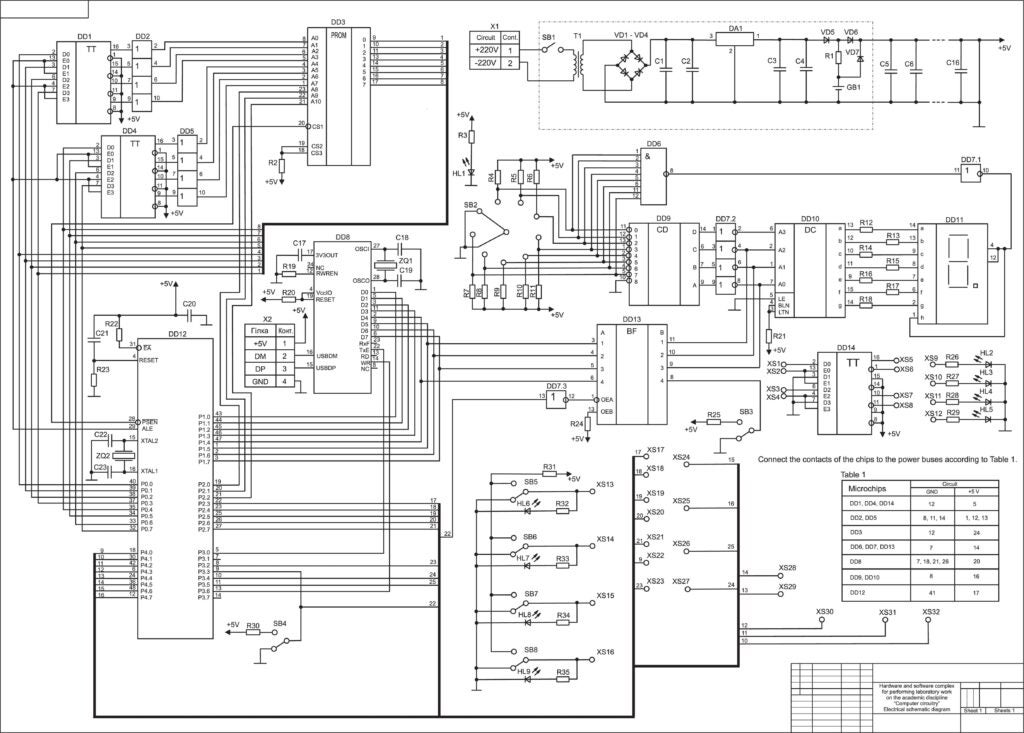
The complexity of virtually all electronic circuit designs requires that PCB layout is preceded by the creation of a schematic diagram. In addition to being the canvas where a graphical representation of circuit performance objectives is presented, the schematic also provides the foundation for the board design that will be manifested into a working electronic product. The efficiency of this transformation depends upon its passing the schematic review checklist essentials.
Essentials for Schematic Review Checklist
Although often overshadowed by the emphasis placed on the PCB layout design, the schematic is at least as important. Failure to follow good schematic design guidelines can be the root cause of excessive design⇒build⇒test (DBT) iterations, unnecessarily high manufacturing costs and lower than anticipated ROI. These undesirable contingencies can be largely avoided by ensuring the first critical stage of your PCB design process is as effective as possible, which is best achieved by asking the essential schematic review checklist questions as listed below.
Essential Schematic Review Checklist Items | |
| Schematic Design Questions? | Why Is This Important? |
| Do all components meet or exceed performance criteria? | There is nothing more important than ensuring your selected components, discretely and collectively, will deliver the performance the design demands. |
| Is component availability adequate? | Unavailable parts will bring your development/production to a halt and force redesign and respins that raise costs and lower profitability. |
| Are component CAD models accurate? | Inaccurate footprints and 3D models can lead to failed board builds and low yield rates. |
| Is your component placement plan viable? | Your PCB layout begins with and is based on the schematic design. An unimplementable schematic layout increases layout design time and decreases development efficiency. |
| Are all component pins connected? | Unconnected and/or floating pins may seem intuitive, yet this is one of the common causes for board operational failures that result in costly, unnecessary manufacturing. |
| Are all components connected correctly? | Similar to pin connectivity, component connectivity issues will only be discovered during testing or after installation. This simple failure can result in significant wastes of time and unnecessary costs, not to mention client dissatisfaction, if discovered after deployment. |
| Does your circuit meet your functionality and performance requirements? | The best time to check if your design actually works is before layout and manufacturing. Making changes at this stage is the easiest, quickest and least costly. |
| Does your schematic diagram include all notes and directives needed for layout? | An often overlooked aspect of good schematic design is the inclusion of any and all notes and explanations to assist in the layout design and board build. Ensuring this is done can save a lot of back and forth and wasted time to ensure your intent is reflected in the actual PCB. |
Just as every new design is novel and/or custom, each schematic design is unique. Nevertheless, asking and being able to affirm that the issues listed above have been addressed will help you create an effective schematic design that will facilitate efficient PCB development.
How to Optimize Schematic Design Effectiveness
The three pillars of good design are the requisite knowledge and skills, the right plan of action or paradigm, and the right tools. Therefore, the success of your PCB development from schematic to manufacturing rests largely on the design steps followed and the software used. Depending on the application and complexity of your product, one or more advanced software design tool capabilities may be necessary for schematic design optimization.
Software Capabilities for PCB Schematic Review Checklist Execution
✅ Component selection and supply chain resilience
✅ Design rule checking to ensure complete and accurate connections
✅ Circuit layout and functionality simulation
✅ RF and/or Microwave Simulation
Implementing the software simulation and verification capabilities listed above to affirm your PCB schematic review checklist is complete will help you optimize the initial stage of design and the entire development process.
EMA Design Automation is a leading provider of the resources that engineers rely on to accelerate innovation. We provide solutions that include PCB design and analysis packages, custom integration software, engineering expertise, and a comprehensive academy of learning and training materials, which enable you to create more efficiently. For more information on how to execute an effective schematic review checklist and how we can help you or your team innovate faster, contact us.











